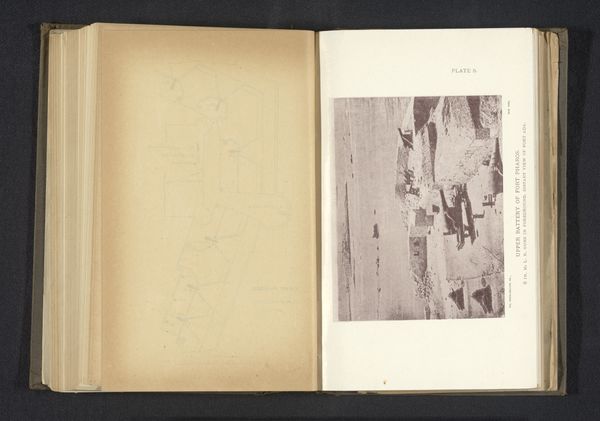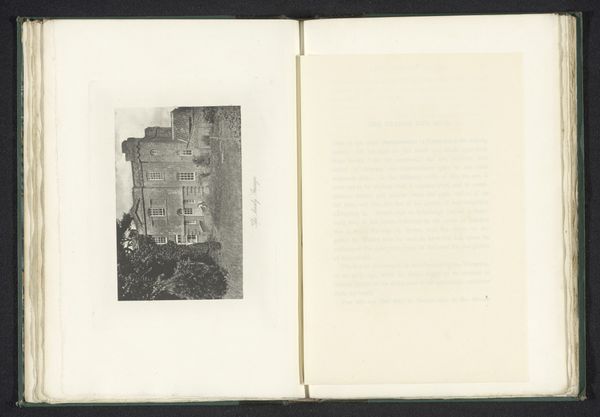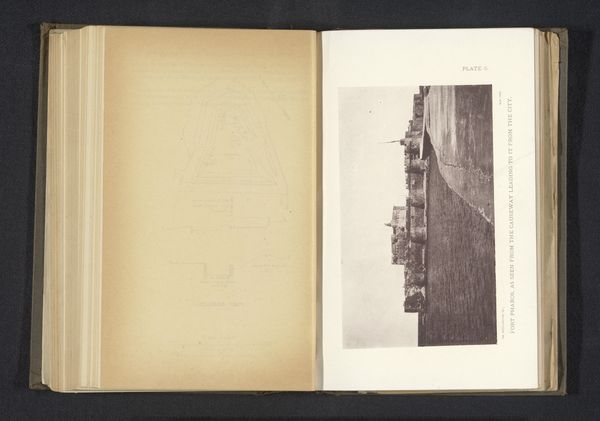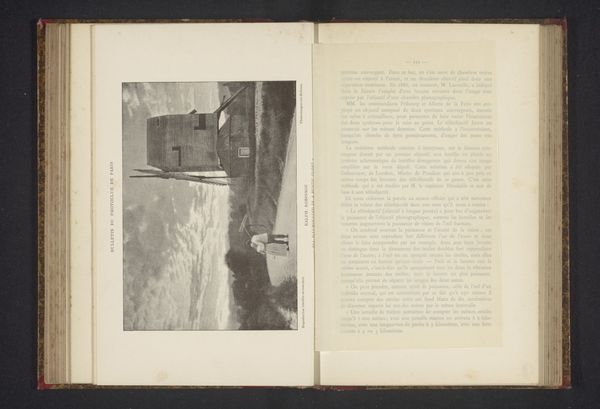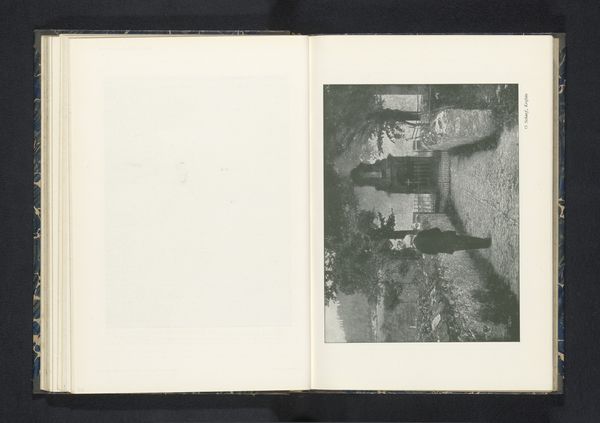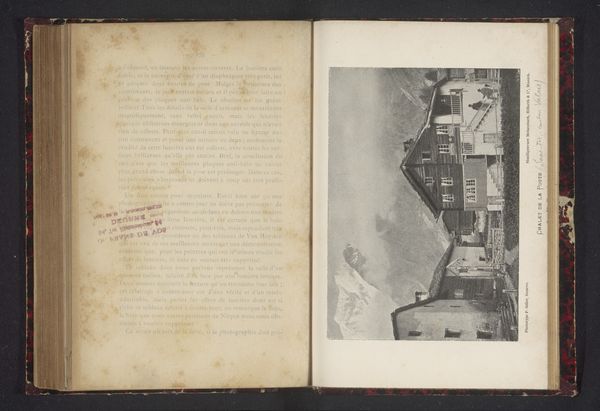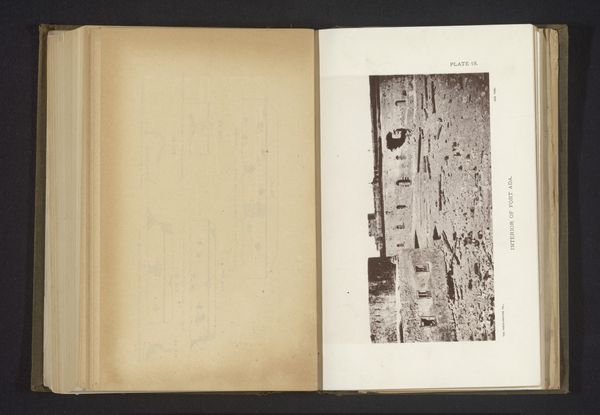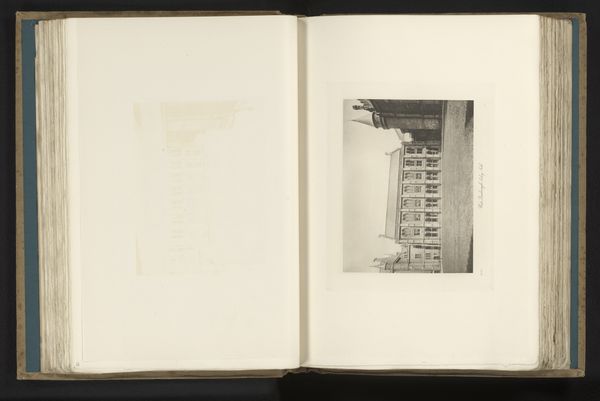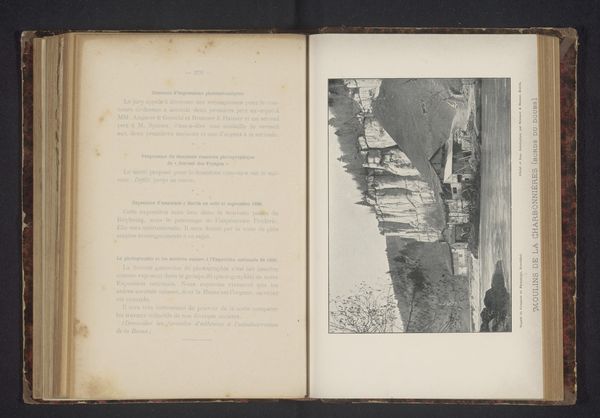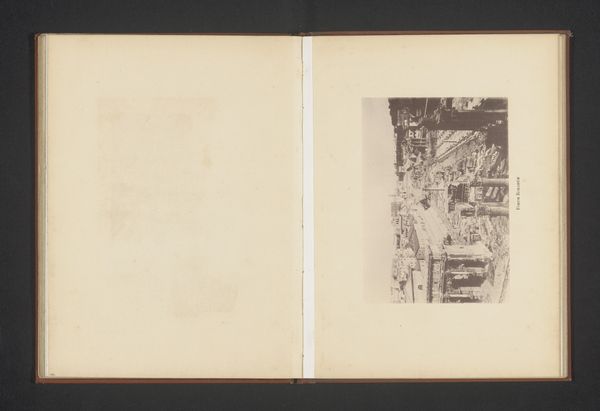
print, etching
# print
#
etching
#
landscape
#
cityscape
Dimensions: height 95 mm, width 147 mm
Copyright: Rijks Museum: Open Domain
Editor: Here we have “Man in een paardenkar in het water voor een huis,” or “Man in a horse cart in the water in front of a house,” created before 1890 by Paul Boyer. It's a landscape rendered as an etching. I find the depiction of everyday life striking, almost documentarian in its feel. What’s your take on this piece, considering the artistic and social climate it emerged from? Curator: Well, seeing this print through a historical lens, the first thing that strikes me is the intersection of the individual and the industrialized world. Boyer captures a very specific moment in the relationship between man, animal, and machine. Consider the horse-drawn cart – still a common sight, but increasingly sharing space with emergent technologies. Do you think Boyer presents this coexistence as harmonious, or does he hint at some tension? Editor: I hadn’t thought of it that way! I was focused on the peacefulness of the scene, but I can see a contrast now, thinking about it as progress versus tradition. It makes me wonder if people at the time would have seen it differently, maybe even with a sense of anxiety about what was coming. Curator: Exactly. The choice of etching as a medium also becomes relevant. It's a technique steeped in history, offering a kind of nostalgic look back even as it depicts the contemporary. Notice the composition: the emphasis on the house. The public display in an art book. Who was invited in this circle of the "image consumers"? These books gave artists exposure, but they served at the hands of social capital. Editor: So, the piece, presented in a print and displayed to elites, says as much about social standing as about an era? Curator: Precisely! It underscores how art itself functions within a system. What do you think the etching medium adds to its value? Editor: It’s fascinating to consider how intertwined the artwork, its social setting, and the mechanics of art itself, all truly reveal the moment of change. I initially felt so distant, but seeing this history helps connect everything to present issues and anxieties! Curator: It is! We began an aesthetic analysis; however, situating within socio-historical implications encourages critical engagement, and maybe a contemporary reevaluation of labor and environmental imagery.
Comments
No comments
Be the first to comment and join the conversation on the ultimate creative platform.


